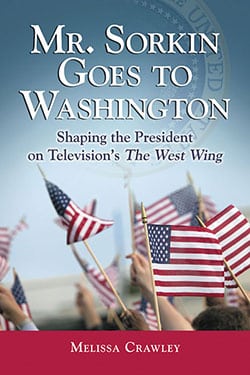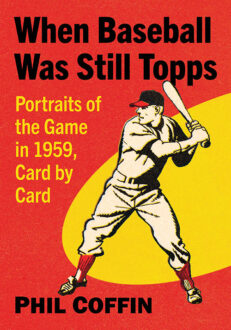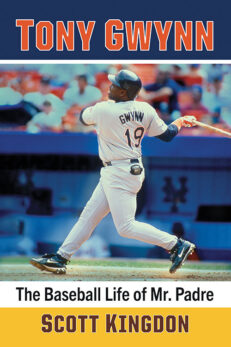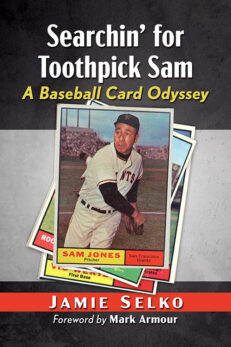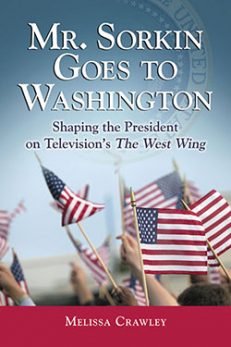Mr. Sorkin Goes to Washington
Shaping the President on Television’s The West Wing
$35.00
In stock
About the Book
Before the unprecedented televised presidential debates of 1960, most Americans were able to relate to their leaders in little more than an historical context. In the era of televised elections, however, the media have allowed Americans to witness the paternal, moral and intellectual qualities of their president up close. Television has been so critical to this process of political socialization that, for many Americans, the televised image of the president is the president.
As the acclaimed television drama The West Wing demonstrates, fictional representations of the presidency can also be significant civic forces. This book examines how film and television drama contribute to shaping the presidency and the way most Americans understand it, and particularly the processes of political education. The text discusses The West Wing’s didactic potential, its representation of White House politics, and its depiction of race and gender, with commentary on how fictional representations of the presidency become important elements of American political consciousness.
About the Author(s)
Bibliographic Details
Melissa Crawley
Format: softcover (6 x 9)
Pages: 232
Bibliographic Info: appendix, notes, bibliography, index
Copyright Date: 2006
pISBN: 978-0-7864-2439-9
eISBN: 978-0-7864-5524-9
Imprint: McFarland
Table of Contents
Preface 1
Introduction 7
One: Theorizing the Presidency 17
Learning the Presidency: The Political Socialization Studies 17
The Media as an Agent of Political Socialization 25
Processing the Presidency 29
Two: Communicating the Presidency on Screen 34
The President on Film 34
Broadcasting the President 40
Campaigning for the Presidency 45
The President in Television Drama and Comedy 51
Three: A West Wing Primer 61
Beginnings 61
Quality Television and The West Wing 63
A Note on the Issue of Quality 69
Staging the Presidency 70
Team Bartlet 76
Leo McGarry 78
Josh Lyman 81
Toby Ziegler 84
C. J. Cregg 87
Sam Seaborn 94
Four: True Fiction 107
Representing the White House 110
I’m Not a Politician But I Play One on TV 117
Reel Politics 118
Documentary Special 121
Performing the President 124
Screening the President 127
Five: The Making of a President 138
The Paternal President 142
Campaign Discourse and the Power of the Paternal 144
Bartlet as Father Figure 146
The Moral President 156
The Oval Office as Sacred Space 161
The President as Preacher 163
The Intellectual President 181
Six: End Game 188
Sounds Like… 188
Reality Check 191
Character Actor 192
Appendix: Episodes by Season, 1999–2003 195
Notes 201
Bibliography 205
Index 223
Book Reviews & Awards
“a very useful guide”—Communication Booknotes Quarterly; “for many Americans, the televised image of the president is the president…discusses The West Wing’s didactic potential, its representation of White House politics, and its depiction of race and gender, with commentary on how fictional representations of the presidency become important elements of American political consciousness”—New Books in the Communications Library.

